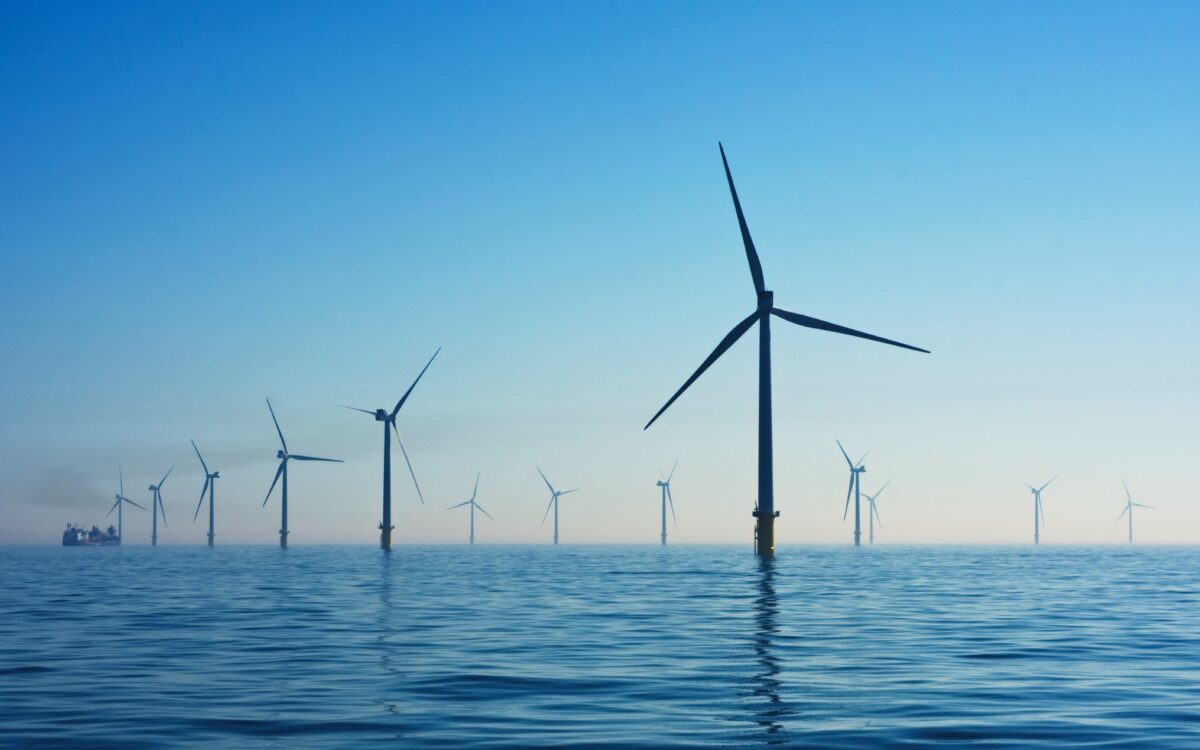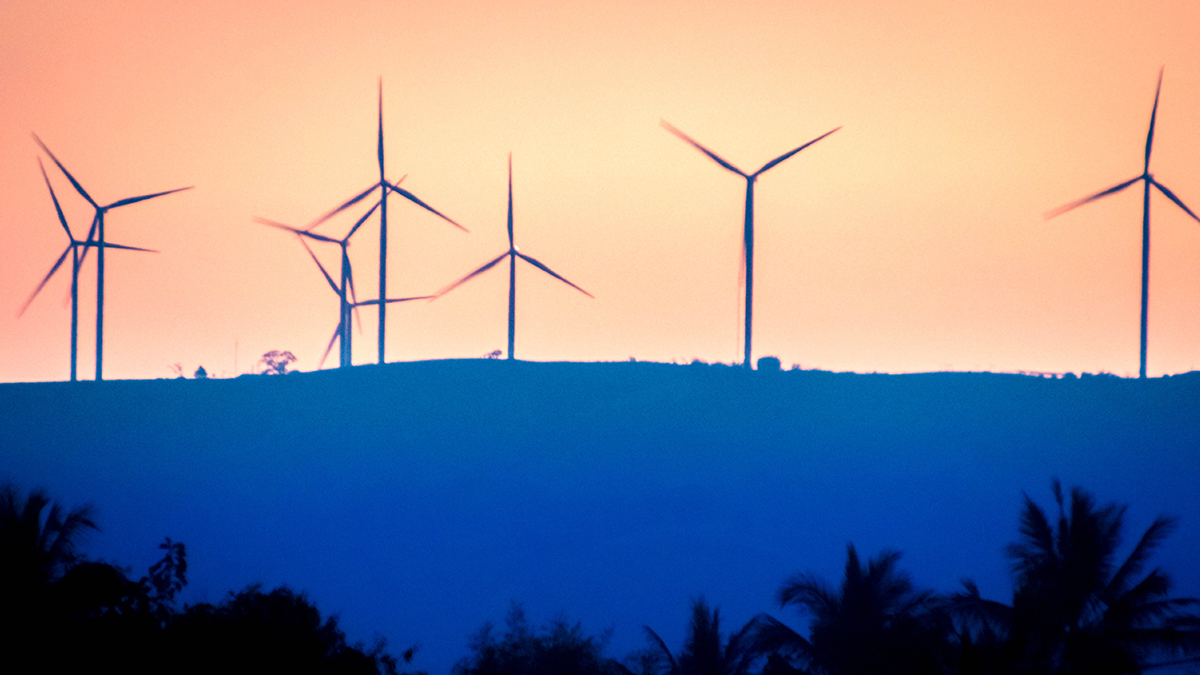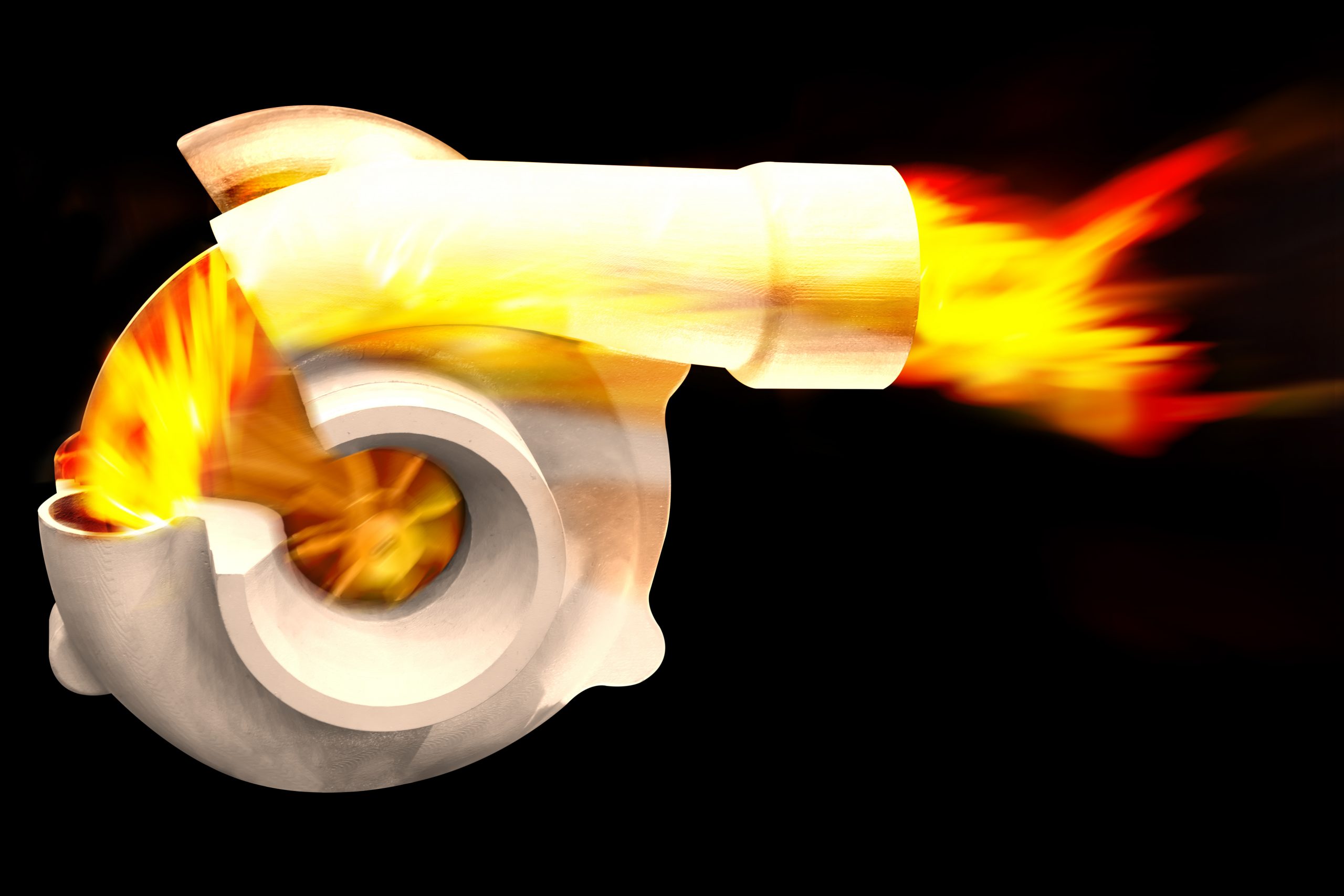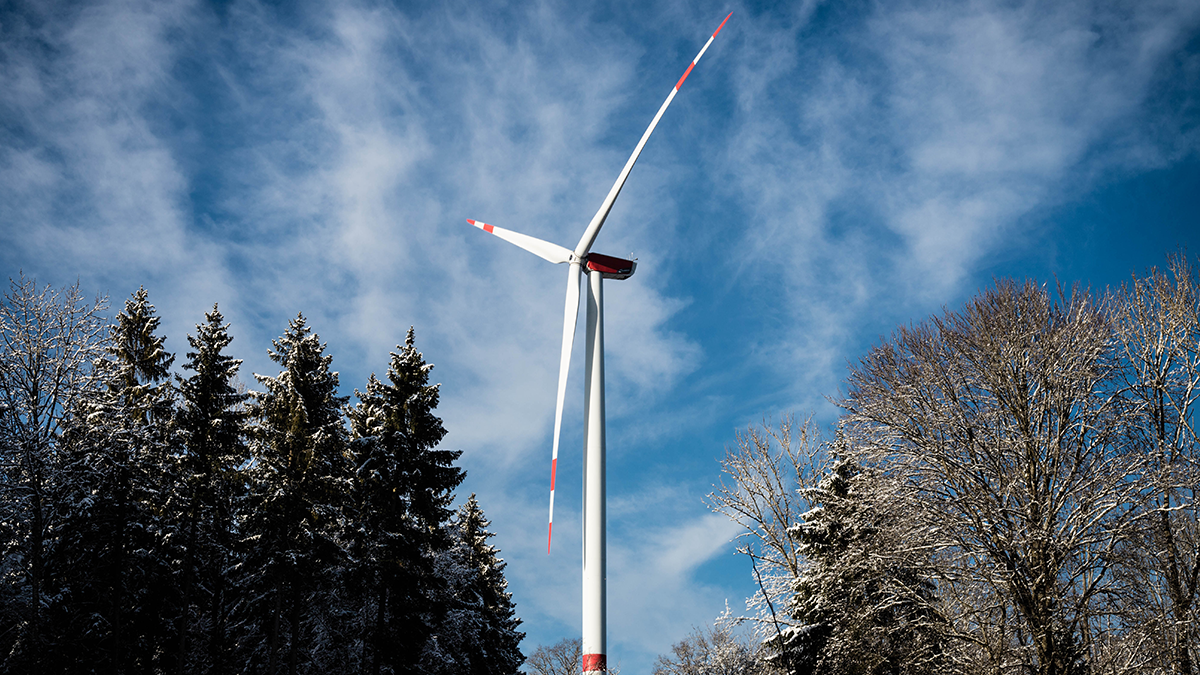The history of wind turbines dates back to the late 19th century when inventors began experimenting with using the wind to generate electricity. These early models were primarily used for pumping water and milling grain and were relatively small in size and limited in their capabilities.
However, as technology advanced and our understanding of the science behind wind power improved, wind turbines began to evolve and grow in both size and power.
The Early Years of Wind Turbine Development
The first electricity-generating wind turbine was developed in Scotland in 1887 by Professor James Blyth. Blyth’s turbine was a simple, undershot design that was primarily used to pump water on his holiday home.
In the early 20th century, Danish engineer Poul la Cour built several large wind turbines, which were used to generate electricity for lighting in his school. These turbines were horizontal-axis designs, similar to those used today.
The Growth of Wind Turbines in the 20th Century
As the 20th century progressed, wind turbine technology continued to evolve and improve. In the 1930s and 1940s, several American companies began manufacturing wind turbines for use on farms and ranches. These turbines were primarily used to generate electricity for lighting and powering small appliances.
In the 1950s and 1960s, the US government began funding research into wind turbine technology as a potential source of alternative energy. This led to the development of larger and more advanced turbines, such as the “Mod-O” and “Mod-1” designs, which were capable of generating up to 50 kilowatts of electricity.
Modern Advancements in Wind Turbine Technology
The last few decades have seen rapid growth in wind turbine technology. Turbines have grown in size, with some modern turbines standing over 600 feet tall and having blades longer than a football field. These larger turbines have greatly increased the amount of power that can be generated from a single turbine, with some modern turbines capable of producing over 8 megawatts of electricity.
Additionally, advances in materials and aerodynamics have led to the development of more efficient turbine designs. For example, the use of advanced composites in turbine blades has allowed for the production of stronger and more durable blades that can capture more wind power.
Offshore Wind Turbines
Another area of growth in wind turbine technology has been the development of offshore wind turbines. Offshore wind speeds are typically stronger and more consistent than those on land, making them an attractive source of wind power. The first offshore wind farm was built in Denmark in 1991, and since then the technology has continued to advance.
Today, offshore wind turbines are some of the largest and most powerful in the world, with some standing over 853 feet tall and having blades over 328 feet in length. These large turbines can generate up to 12 megawatts of electricity, making them a significant source of power.
The Role of Energy Storage
As wind power becomes an increasingly important source of electricity, it is important to find ways to store the energy generated by wind turbines for use when the wind is not blowing. Energy storage systems, such as batteries, can help to make wind power more reliable and consistent.
There are a number of different energy storage systems that can be used in conjunction with wind turbines. For example, some wind farms use pumped hydroelectric storage, where excess energy is used to pump water uphill to a reservoir. When the energy is needed, the water is released to flow downhill through a turbine, generating electricity.
The Future of Wind Turbines
The future of wind turbine technology is likely to involve even larger and more powerful turbines, as well as continued advancements in materials and aerodynamics that will improve the efficiency of turbine designs. Additionally, the use of offshore wind turbines is expected to continue to grow, as the stronger and more consistent wind speeds found offshore make them an attractive source of power.
As the technology continues to evolve, the cost of wind power is also expected to decrease, making it increasingly cost-competitive with fossil fuels. This, combined with the increasing need to reduce greenhouse gas emissions and combat climate change, will likely drive the continued growth and development of wind power in the years to come.
Conclusion
The history of wind turbines is a story of evolution and progress, as inventors and engineers have continually pushed the limits of what is possible in terms of harnessing the power of the wind. From the early models of the late 19th century to the massive, high-tech turbines of today, wind turbine technology has come a long way. And with continued advancements in materials, aerodynamics, and energy storage, wind power is poised to play an even greater role in meeting the world’s energy needs in the years to come.




